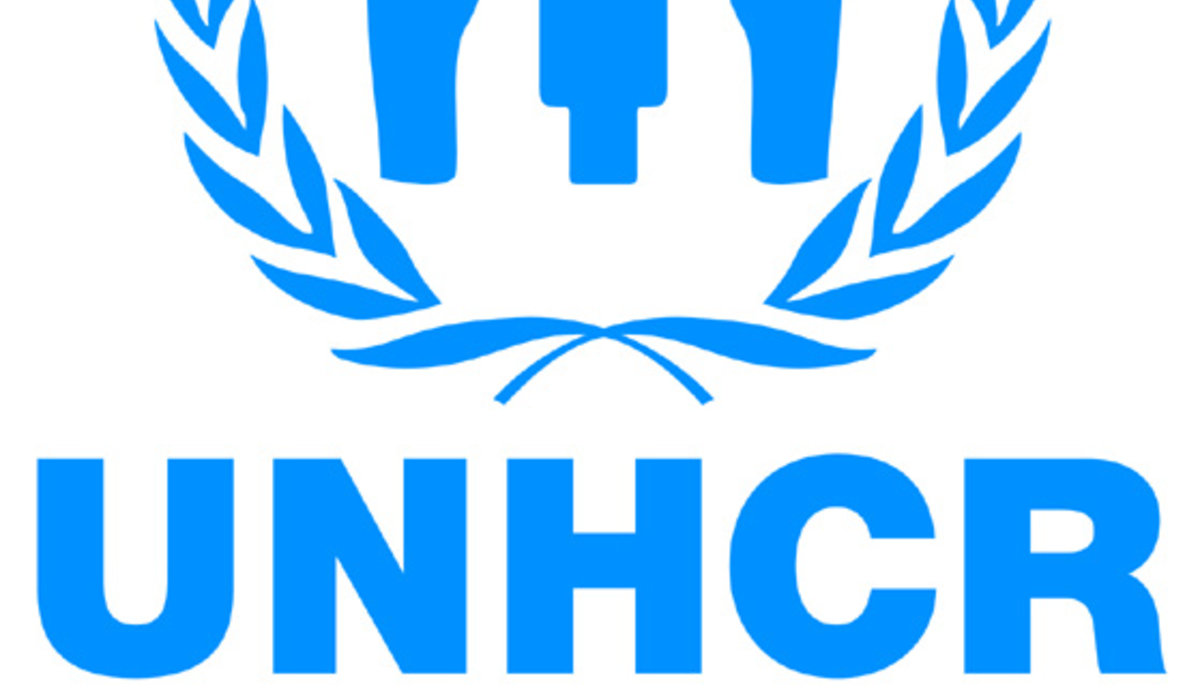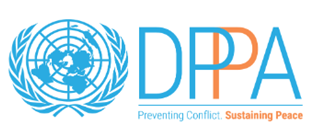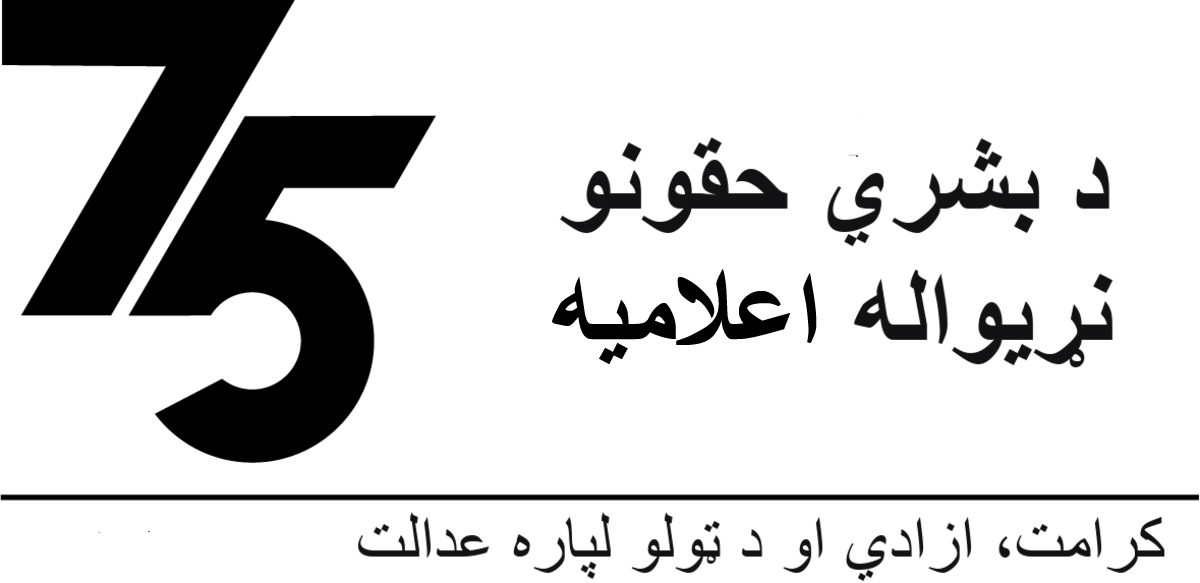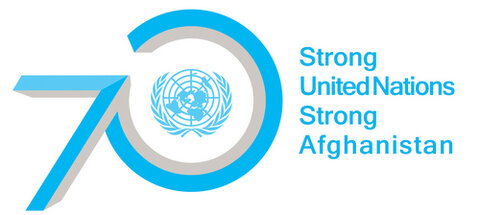UNHCR builds 200,000 houses in Afghanistan
14 December 2010 - The United Nations (UN) refugee agency, UNHCR, has built 200,000 houses across Afghanistan for returning refugees and Internally Displaced Persons (IDPs) since 2002.
This longstanding reintegration programme focuses on vulnerable returnee families identified by local communities and provincial Departments for Refugees and Repatriation (DoRRs.)
“UNHCR’s housing programme addresses a fundamental need for refugee families as they return to their communities and restart their lives. With a secure place to live, families are better placed to meet the challenge of reintegration after long years of exile” said UNHCR’s Representative for Afghanistan, Mr Ewen Macleod.
More than 1.4 million people – over 25% of the total number of returnees since the resumption of large scale voluntary repatriation in 2002 – have benefited from the housing programme so far. It is delivered by an extensive network of UNHCR’s local implementing partners across the country. Much of the actual work of house construction is undertaken by the beneficiary families themselves.
The prospect of a secure home is regularly cited by Afghan refugees in Iran and Pakistan as one of their primary requirements before making a decision to return. Despite continuing concerns over conflict and employment opportunities, UNHCR has helped more than 17,000 vulnerable returnee families with shelter assistance all across Afghanistan during 2010.
Eligible vulnerable families receive construction materials such as beams, windows, doors, window frames, and a toolkit. For particularly disadvantaged beneficiaries, like widows, physically disabled persons or female headed households, UNHCR also provides a cash component ranging from US$50-100 to hire skilled labour for house construction.
This year UNHCR reviewed the content and the methodology of the housing programme. As a result, a new design and housing options tailored to the specific requirements of each region was developed and introduced. The programme now consists of three different types – a standard two-room design, a one room design, and a housing repair kit which includes a set of materials to build one-room extensions to existing house. This latter option was designed to address the problem of over-crowded accommodation caused by homeless returnees or displaced families staying with relatives and friends.
The return of over 5 million Afghans has increased the estimated population of Afghanistan by some 20 per cent. Returnees have contributed importantly in many economic sectors bring skills, know-how, and capital accumulated during their life in exile. But this huge population movement has also challenged the country’s socio-economic absorption capacities, particularly on poor rural communities with limited resources.
For that reason, UNHCR’s housing programme has always focused on rural areas to which significant numbers of families have returned from both Iran and Pakistan. This is reflected in the numbers of housing units across the country - in the Central Region (55,614), the East (47,571) the North and North East (42,243) the South (12,496), the Southeast (17,571) the West: (28,717) and the Central Highlands (2,957).
The UN refugee agency acknowledges that improved security and continued social and economic development will be critical to future return and reintegration perspectives. At present, however, humanitarian conditions remain fragile. As such, due to the continuing high incidence of poor, homeless families within the returnee population, UNHCR’s housing programme will likely continue in 2011 at a similar level to previous years.
 UN
UN







